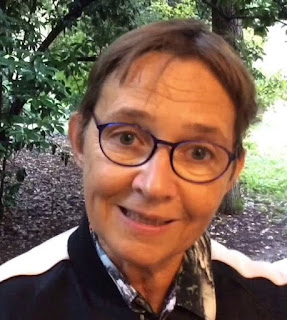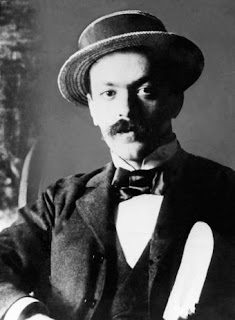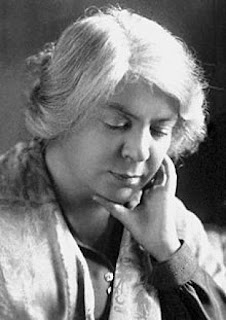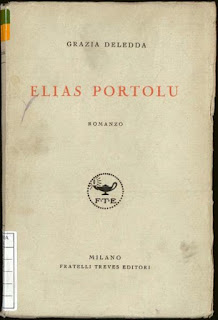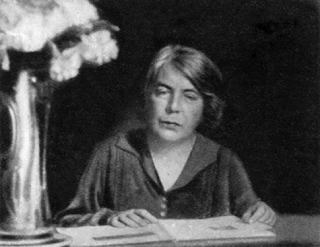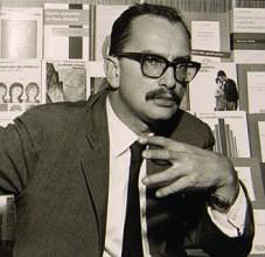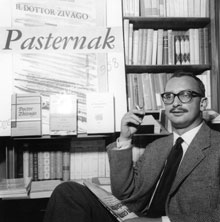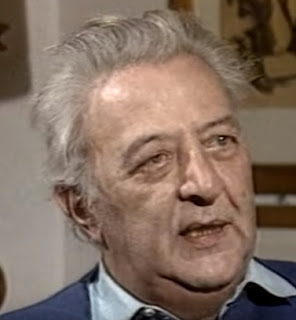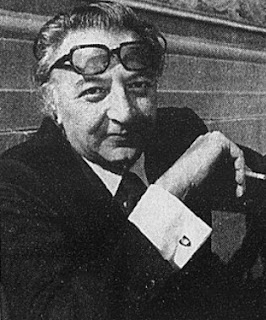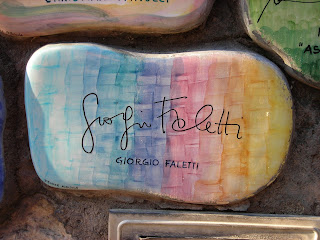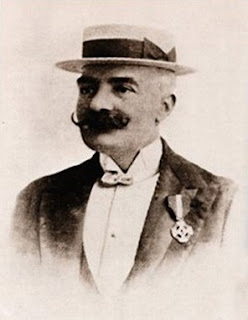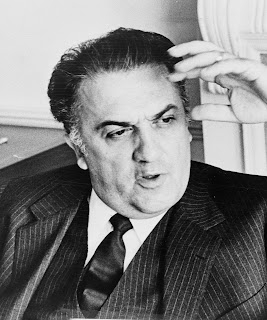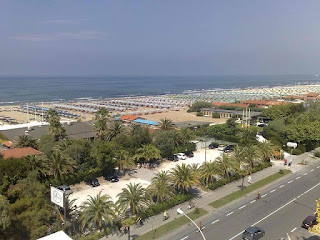Writer wrongly jailed for murder now best-selling author
Massimo Carlotto, the best-selling novelist who spent three years on the run, eight years in jail and a further 11 years clearing his name over a murder he did not commit, was born on this day in 1956 in Padua.
Massimo Carlotto is best known
for his Alligator mysteries
Carlotto, who began his writing career in 1995 with a fictionalised autobiography, Il fuggiasco (The Fugitive), about his time on the run, is best known for his dark crime series featuring an unlicensed investigator, Marco Buratti, nicknamed L’alligatore (The Alligator), six of which have been published in English.
The so-called Carlotto Case became one of the most controversial episodes in Italian legal history.
It began in 1976, at the height of the period of intense political tension and unrest in Italy known as the Years of Lead, when the 19-year-old Carlotto, then a student, was a member of the ultra left activist group, Lotta Continua.
In January of that year, according to his own testimony, he was cycling past the house in Padua where his sister, Antonella, had an apartment, when he heard the cries of a young woman in distress. He entered the building, discovered that the cries were coming not from his sister’s apartment but from that of her neighbour, the front door of which was wide open.
Inside, he found Margherita Magello, a 24-year-old woman he knew superficially, inside a wardrobe, bleeding to death from multiple stab wounds.
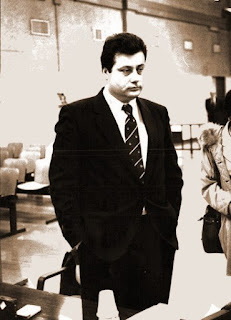 |
| Carlotto pictured at the time of one of his many trials and retrials |
The officers at the police station were not convinced by his story, however, and arrested him on suspicion of murder. It is likely his political affiliations would not have helped him. In 1972, four of his fellow Lotta Continua members had been jailed for the killing of Luigi Calabresi, the Milan chief of police.
Held in prison for a year, he was tried in Padua in 1977, acquitted through lack of evidence and released. But the prosecution appealed and a further hearing in Venice found against him, sentencing him to 18 years, confirmed by Italy’s supreme court in 1982.
Shortly before the sentence was confirmed, Carlotto went into hiding, fleeing first to France and then Mexico, where he is sheltered by fellow political activists before a police check of his papers led him to be arrested and deported.
Over the next eight years he was tried and retried 11 times while a group of prominent supporters, including journalists, writers and politicians, campaigned on his behalf. He suffered serious illness while in prison but finally, in 1993, with public opinion on his side, the Italian president, Oscar Luigi Scalfaro, granted him a pardon.
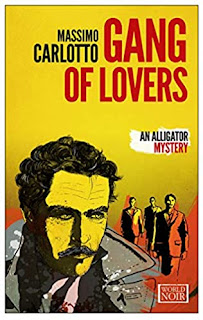 |
| Several of Carlotto's novels have been published in English |
His first novel, Il fuggiasco (The Fugitive), was heavily based on his experience in Mexico, while he used what he had learned in prison in Italy, where he was held at different times in maximum security jails in Milan and Turin as well as Padua, alongside some of the country's most hardened criminals, to inform his crime novels.
In an interview in 2005, Carlotto explained that he had won favour as a negotiator between rival factions in prison, and made contacts in the world of organised crime by writing letters and documents for fellow prisoners.
He now uses those contacts to add authenticity to his crime stories. His novels are notorious for the graphic detail of sometimes horrific murders, but he claims all are based on real-life killings and offer a true reflection of crime in modern Italy rather than a toned-down, romanticised version.
The winner of multiple awards, Carlotto’s novels have been published in several different languages. His 2001 novel, Arrivederci, amore ciao, was turned into a film, The Goodbye Kiss, directed by Michele Soavi, in 2005.
The first of his Alligator series, which now numbers 10 novels, was published in 1995. Six have been translated into English, among them The Colombian Mule, The Master of Knots and Gang of Lovers.
Now 65, Carlotto lives with is family in homes in Sardinia and Padua.
Travel tip:Frescoes by Giotto decorate the
walls of the Scrovegni Chapel
Padua in the Veneto is home to Italy’s second oldest university and is an important centre for art. Its attractions include the Scrovegni Chapel, the inside of which is covered with frescoes by Giotto, an artistic genius who was the first to paint people with realistic facial expressions showing emotion. His scenes depicting the lives of Mary and Joseph, painted between 1303 and 1305, are considered his greatest achievement and one of the world’s most important works of art. The city’s history of student activism goes back to the 19th century, when students and professors at the university gathered in the Caffè Pedrocchi to plot the 1848 uprising against the Austrian occupation of much of northern Italy.
Travel tip:
The Palazzo del Bò is the main building
of the University of Padua
The University of Padua was established in 1222 and is one of the oldest in the world, second in Italy only to the University of Bologna . The main university building, Palazzo del Bò in Via VIII Febbraio in the centre of Padua, used to house the medical faculty. You can take a guided tour to see the lectern used by Galileo when he taught at the university between 1592 and 1610. Other sights that are a must-see on a visit to Padua include the 13th century Basilica di Sant'Antonio.
Also on this day:
1559: The birth of St Lawrence of Brindisi
1913: The birth of prolific songwriter Gorni Kramer
1943: Palermo falls to the Allies
2001: The death of journalist Indro Montanelli
